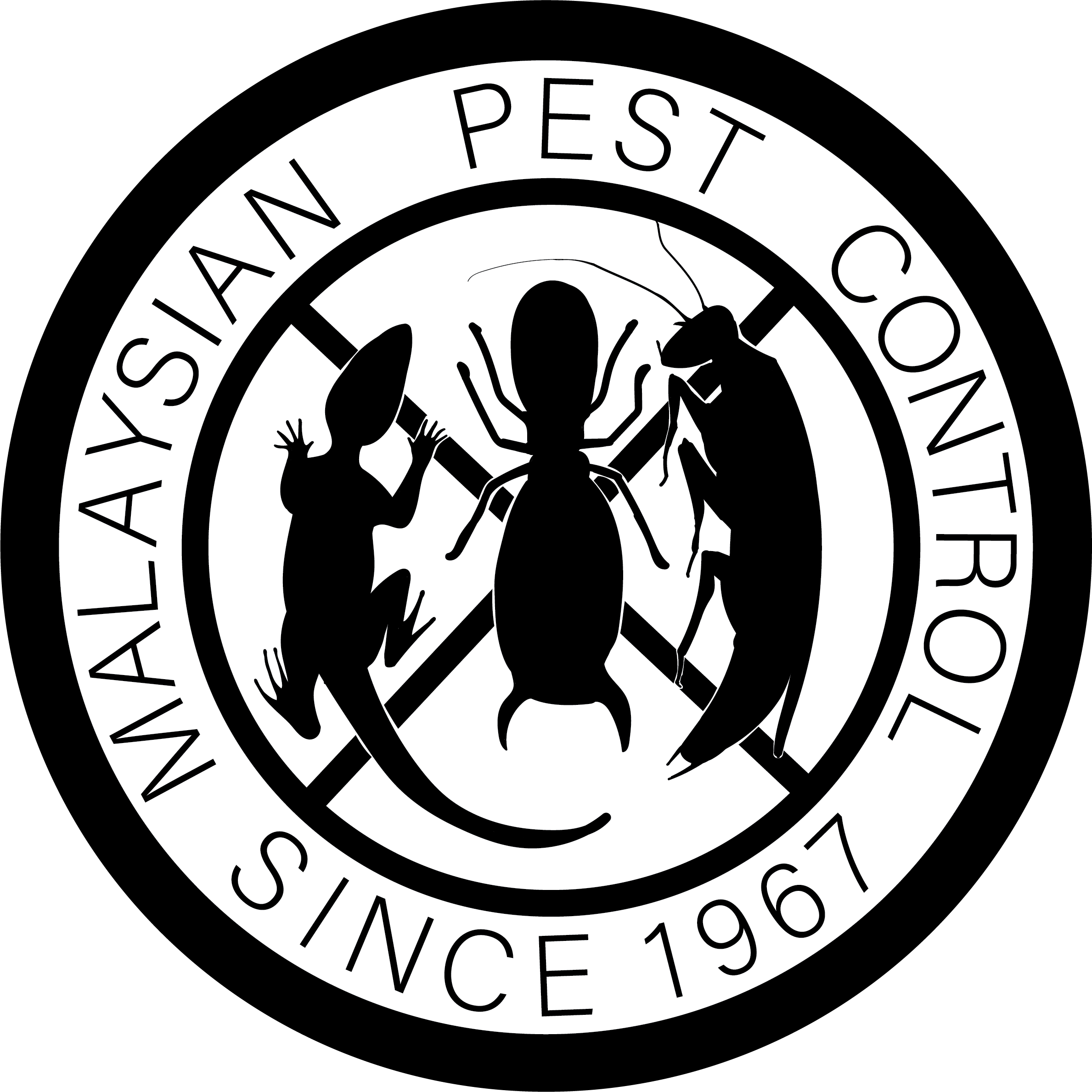About Mosquitoes

Introduction to Mosquitoes
- Mosquitoes are one of the most well-known pests worldwide, belonging to the family Culicidae. They are notorious not only for the discomfort caused by their bites but also for their role as vectors in transmitting diseases. There are over 3,500 species of mosquitoes, but only a few are responsible for spreading diseases to humans.
- Significance: They are considered a major public health threat, capable of spreading deadly diseases such as malaria, dengue fever, Zika virus, chikungunya, and West Nile virus.
Biology and Lifecycle of Mosquitoes
The lifecycle of mosquitoes is fascinating and understanding the duration of each stage can provide insights into their rapid breeding capabilities and why they are difficult to control.
- Egg Stage
- After feeding on blood, a female mosquito lays her eggs directly on or near water surfaces, in clusters called rafts, or individually.
- Timeframe: Eggs typically hatch into larvae within 48 hours, depending on the species and environmental conditions such as temperature and humidity.
- Larva Stage
- Once hatched, the larvae, often called “wrigglers,” live in the water and come to the surface to breathe through a siphon tube.
- They feed on microorganisms and organic matter in the water.
- Timeframe: Larvae go through four molts, growing larger after each molt. This stage lasts about 5-14 days, depending on the species and environmental conditions.
- Pupa Stage
- After the fourth molt, larvae transform into pupae, also known as “tumblers” due to their tumbling motion in water.
- Pupae do not feed; they are a non-feeding, transitional stage between larvae and adults.
- Timeframe: The pupal stage typically lasts 2-3 days but can vary based on temperature and species. During this time, the mosquito develops into its adult form.
- Adult Stage
- The adult mosquito emerges from the pupal case, rests on the water surface to allow its body to harden and wings to dry.
- Only female mosquitoes feed on blood, which they need for egg production. Males feed on nectar and other sources of sugar.
- Lifespan: Once they’ve reached adulthood, the lifespan of mosquitoes can vary widely; males typically live about a week, while females can live up to a month or more in nature, depending on conditions.
- Females may lay eggs every few days during their lifespan after each blood meal.
Behaviour and Habitat
- Behaviour: Female mosquitoes are attracted to carbon dioxide, body odors, and heat, which they use to locate their blood meal hosts. Males do not bite and feed only on plant nectar.
- Habitat: Mosquitoes can be found in almost every type of environment but prefer warm, humid conditions. They breed in stagnant water, which can include puddles, bird baths, discarded tires, and other containers that can hold water.
- Seasonal Activity: In tropical regions, mosquitoes are active year-round, while in temperate climates, they are most active during warmer months.
Health and Economic Impact
- Diseases: Mosquitoes are the primary vectors for many serious diseases. Malaria alone causes hundreds of thousands of deaths annually, mostly in children under five in sub-Saharan Africa. Dengue fever, with its four different serotypes, poses a risk of severe dengue, leading to significant morbidity and mortality.
- Economic Impact: The cost of controlling mosquitoes and treating mosquito-borne diseases is substantial, impacting economies, especially in countries with high disease burdens. Tourism, agriculture, and overall productivity can suffer in areas with severe mosquito infestation and disease outbreaks.
- Prevention and Control: Efforts include the use of insecticide-treated bed nets, indoor residual spraying, environmental management to eliminate standing water, and the development of vaccines and drugs to prevent and treat mosquito-borne diseases.



